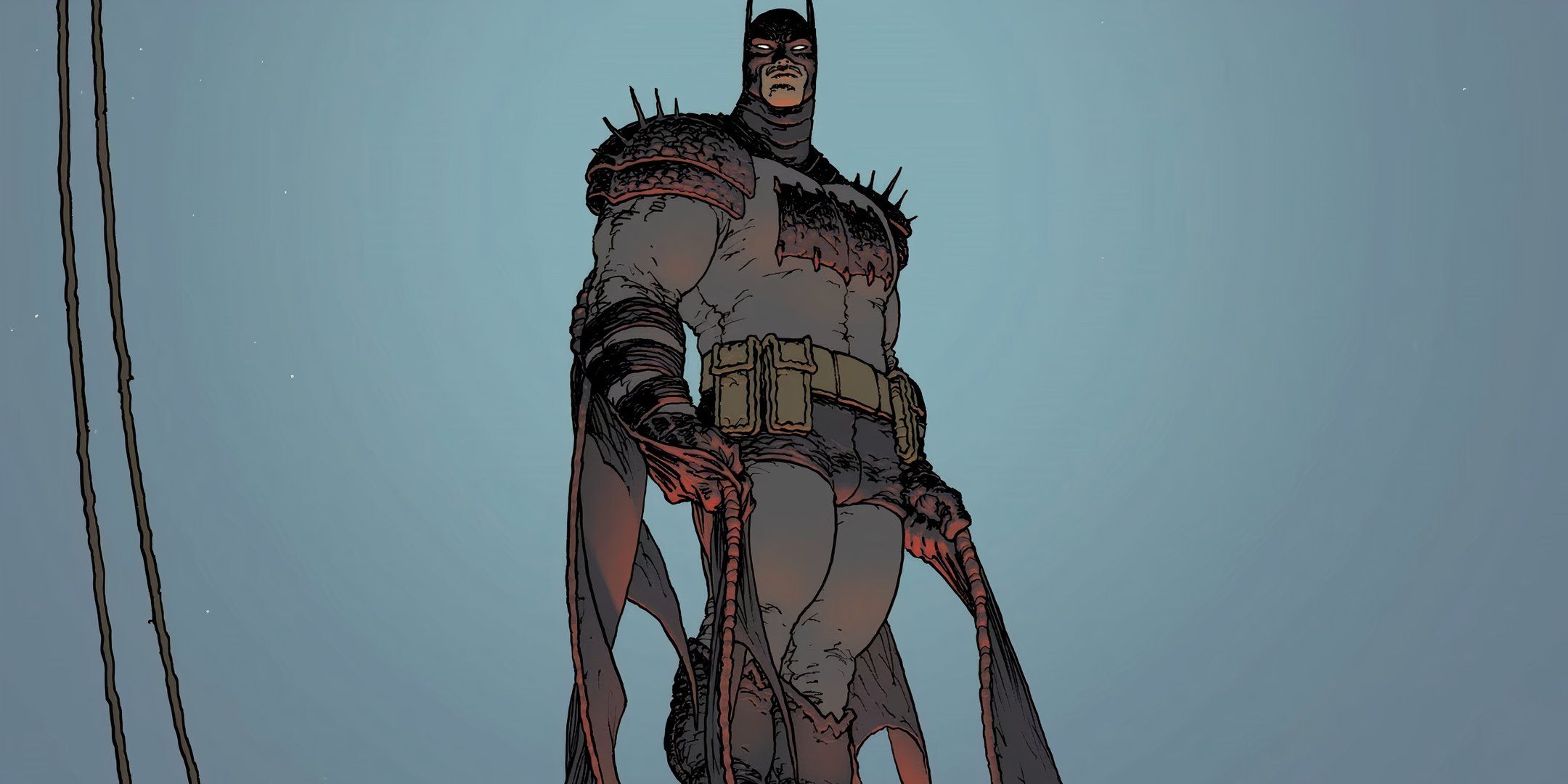Bird photography seems simple. You see a bird, you take its photo. But birds don’t just move – they can be in different environments and can have endless varieties of light shone upon them. All of a sudden, bird photography starts to get more complex.
And in some ways, it is. There’s so much I have to learn myself that I wonder if I’ll ever figure it all out. But there are also some really simple things that you can avoid and make your bird photos a lot better. Here, I’ll tell you about five of them.
1. Self-Intersection
Birds have very flexible bodies and as a result, in some poses, their bodies produce strange self-intersections. Here are three examples:
The problem is that these contorted shapes take away from the recognizability of the bird form. Although there are some cases where intersections can be interesting if done deliberately – or minor enough not to be distracting – random intersections generally look confusing. So, one of the easiest things to improve in bird photography is pay attention to the form of the bird when composing in the viewfinder. Birds tend to move a lot, so it’s likely that a weird or contorted form will be replaced by a more recognizable form in the next minute.
 Anhinga. NIKON D500 + 500PF @ ISO 560, 1/1600, f/5.6
Anhinga. NIKON D500 + 500PF @ ISO 560, 1/1600, f/5.62. The Nictitating Mebrane
Birds have a translucent internal eyelid called the nictitating membrane. Actually, some other animals like sharks have it as well. Most mammals don’t have a fully developed nictitating membrane, except for some like beavers and polar bears. What’s it for? It protects the eye when the eye is likely to be in a risky situation, such as when a bird dives into water that is full of debris. Here is how it looks:
Unfortunately, when the eye of a bird is obscured by the nictitating membrane, it often looks strange. And even birds that are relatively still sometimes “blink their membrane.” So when you’re taking a shot of a bird, especially one which is doing something close to water, make sure your shot doesn’t have the nictitating membrane closed. When I see a bird like a heron or duck, I often take two shots of it roughly a second apart, just so I don’t get a shot with the nictitating membrane completely or partially closed.
 Great Egret. NIKON D500 + 500PF @ISO 800, 1/1250, f/5.6
Great Egret. NIKON D500 + 500PF @ISO 800, 1/1250, f/5.63. The Barely Visible Eye
Although this can happen with any sort of photography, including portrait photography of people, it’s a very common issue when photographing birds. It happens when one eye is hidden and the other is just barely visible:
The problem is again one of form, but I highlight it here because it is especially important. After all, people tend to go right to the eyes. When we see a barely visible eye, it often looks accidental, random, and confusing. So, try to include either one eye or both, but not half an eye. If you do notice a barely visible eye, it often just takes one step to the left or right, or waiting a moment for the bird to shift their head, to get rid of the problem.
 Southern Lapwing. NIKON D500 + 500PF @ ISO 450, 1/320, f/5.6
Southern Lapwing. NIKON D500 + 500PF @ ISO 450, 1/320, f/5.64. The Disappearing Tail
Once you learn about this one, you just won’t be able to “unsee” it. It happens when a small bird is sitting on a think branch and its tail goes behind the branch:
The disappearing tail lends a break in the bird’s form. However, this one is a bit more subtle than the other problems. If the bird is in a more front-facing position rather than in silhouette view, then the effect is not so pronounced and might not be distracting. Or, if the bird is framed by a bunch of leaves in a pleasing way, then the lack of tail wouldn’t be distracting.
But, if the rest of the bird is clearly visible and the tail suddenly and abruptly vanishes, you may have a problem. So, this thing to “avoid” is more of a guideline: look for the key body parts like head, bill, tail, wing, and see if they are disrupted, and understand how that disruption contributes to – or detracts from – the overall message.
 Painted Redstart. NIKON D500 + 500PF @ ISO 1250, 1/500, f/5.6
Painted Redstart. NIKON D500 + 500PF @ ISO 1250, 1/500, f/5.65. The Out-of-Focus Straight Line
The out-of-focus straight line happens when you’ve got an otherwise smooth background and there are a few areas in it with a bright strands of grass. It looks like this:
Of course, out-of-focus grass is not a huge problem in some shots, especially when its soft and produces a pattern. But when you’ve got some errant strands that make very distinct lines in the background, they tend to be distracting. Indeed, imagine you are painting such a scene. You’ve got a nice bird on a soft background. This out-of-focus line is akin to taking a big glob of paint and smearing it on the background. Why would you do that?
The best thing to do is avoid them in the first place. When you get to potential shooting areas, look for distracting out-of-focus lines. Check for them in the viewfinder when you’re shooting. Send the FBI after them if you must. Avoid them like the plague. Trust me, your shots will look a lot better without them.
 Bare-faced Ibis. NIKON D500 + 500PF @ ISO 720, 1/320, f/5.6
Bare-faced Ibis. NIKON D500 + 500PF @ ISO 720, 1/320, f/5.6In certain occasions, it’s possible to reduce their emphasis with post-processing. But it’s not easy, and it only works if they are already on the dim side. In any case, it’s one of the first things I look out for when I’m out in the field, and not too hard to avoid with practice.
Conclusion
The best part about photography is the creative process that can lead you into a journey of self-discovery. On that journey, there are also just some basic guidelines that can make your photos more effective, and I hope the five I’ve discussed today help improve your photography. They are not absolute rules, but rather good guidelines that follow from the more general principle of being deliberate and thoughtful in photography.
Do you have anything else that you always look out for and avoid in wildlife photography? Let me know in the comments!

 2 days ago
5
2 days ago
5










 English (US) ·
English (US) ·